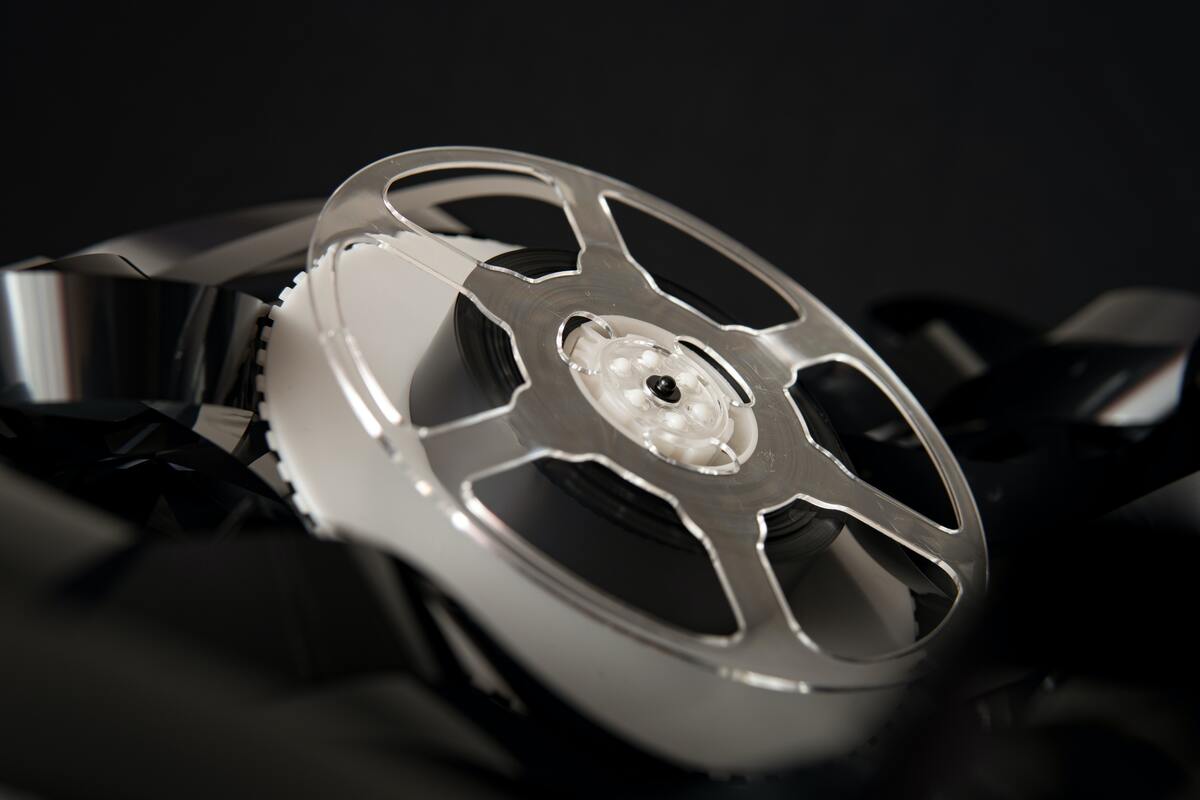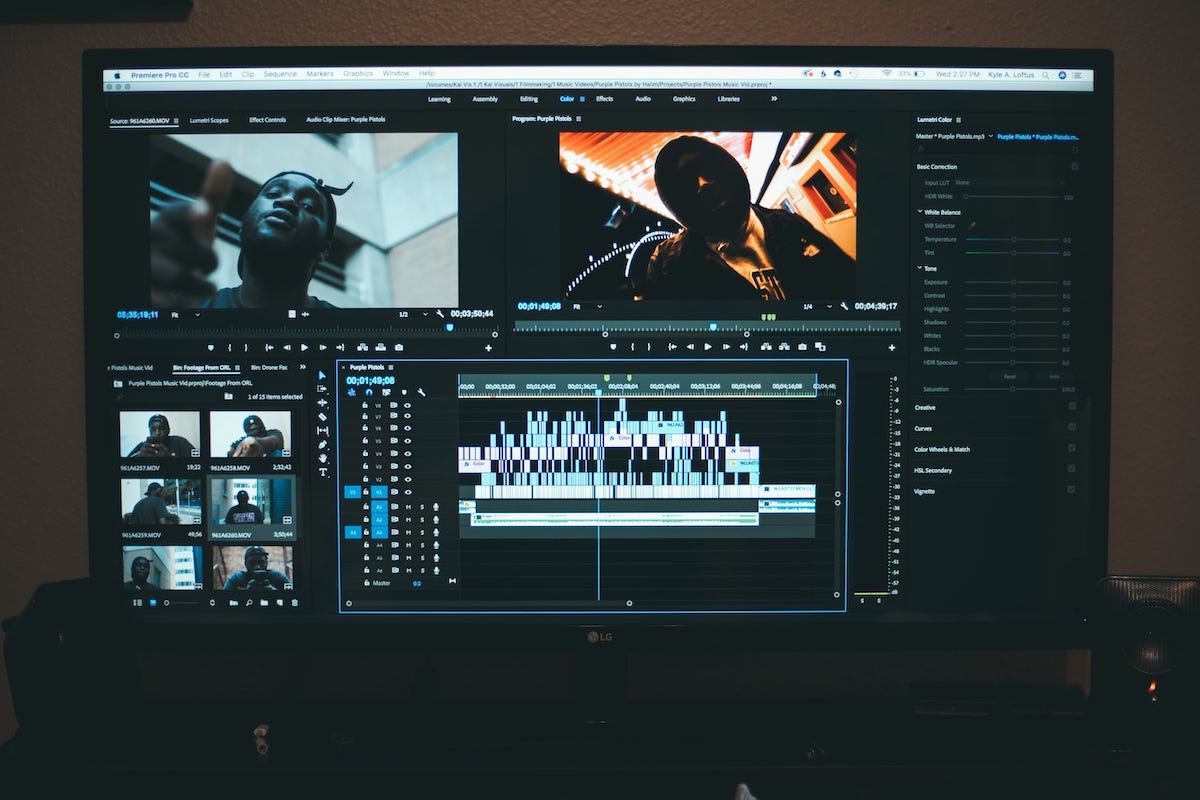What Is a Smash Cut? Definition & 3 Reasons to Use It
Rent film gear from local filmmakers.

Rent film gear from local filmmakers.
Whether you are putting together a promo video, documentary, or narrative, you must make the right decisions about scene transitions to keep your viewers engaged.
Smash cut is one of the most used video editing techniques that aim to achieve an aesthetic, narrative, or emotional purpose.
Keep reading to find out when and how to use this technique.
Explore filmmaking techniques in this article!

What is a smash cut in a film?
In screenwriting and film editing, a smash cut is a sharp, abrupt cut from one scene to another.
Smash cuts occur at a crucial moment in a scene where a cut would not be expected, for instance, cutting off a character's dialogue mid-sentence.
To heighten the cut's impact, a disparity in the type of scene on either side of the cut is often present, going from a fast-paced frenzied scene to a tranquil one, or going from a pleasant scene to a tense one, for example.
Screenwriters indicate a smash cut in a screenplay by writing "SMASH CUT TO" between the scenes on either side of the cut. Ultimately, though, the decision to use a smash cut lies with the director.
What is the difference between a smash cut, jump cut, and a match cut?
Although they might seem similar at first, professional film editors could quickly tell the difference between these three editing techniques. Here is an easy way to differentiate them:
Smash cut
Smash cuts are unexpected cuts that highlight a dramatic tonal contrast between two shots.
Jumpcut
Jump cuts cut between the same shot, creating the effect of briefly jumping forward in time. Jump cuts can show the passing of time in a montage or add speed and a sense of urgency to a scene.
Match cut
Match cuts cut from one shot to another shot that contains similar-looking action or subject matter, smoothing the transition from one scene to another.

3 reasons to use a smash cut
Screenwriters write smash cuts into the script or visualize them during storyboarding to emphasize a contrast between two scenes. Here are the top 3 ways in which editors use smash cut:
1. To create tonal contrast
The impact of a smash cut is strengthened when it juxtaposes two scenes with wildly different tones.
For instance, horror films often use the jarring nature of a smash cut to transition from a gruesome in-progress murder scene to a happy or peaceful moment.
Picture this: the killer brings a knife plunging into his victim, and just before the blade pierces the skin, the scene is suddenly replaced with a non-violent use of a cutting edge, such as the chopping of vegetables.
Alternatively, smash cuts are also often used when a character wakes up from a nightmare to simulate the jarring nature of that experience.

2. To end a scene in a mystery
When a smash cut transitions from the middle of a scene's crucial moment to a new scene, it prompts the audience to use their imagination to fill in the blanks.
This technique is common in thrillers and mysteries. For example, in a scene where a detective enters a suspect's house and suddenly appears shocked by what they see inside, you could abruptly smash cut to a new scene, so the audience is left wondering what the detective discovered.
A smash cut can help you use your audience's emotions to amplify the scene.
Sometimes, a viewer's imagination can conjure up something more terrifying, beautiful, or fantastic than you can put on film.
Avoid expensive special effects that may come off as cheesy, and leave the gruesome violence, awesome spaceship, or godlike presence to the viewer's imagination with a smash cut at a crucial moment.
Even though, as a viewer, it might feel frustrating at times, editors know that this will psychologically keep everyone glued to their screens.
3. To heighten the drama or comedy
Comedic smash cut is the "Gilligan cut," popularized by the television sitcom Gilligan's Island.
A Gilligan cut is when a character confidently states a prediction that's instantly shown to be incorrect by smash cutting to a new scene where the contrary happens, often to the character's embarrassment.
While comedic smash cuts are common in television sitcoms, they're also valuable for other mediums.
For instance, in Martin Scorsese's Goodfellas, gangster Henry Hill (Ray Liotta) is released from prison. It assures his friend Paulie Cicero (Paul Sorvino) that he'll stay out of trouble.
Immediately after Henry promises to refrain from illegal activity, the film smash cuts to a close-up of Henry handling cocaine.

Explore 60+ editing terms
Every transition in every video requires something different, so don't rely too heavily on just one tool.
If editing is something that sparks your interest, why not start by exploring these 60 more editing terms?
We guarantee that the next time you watch a movie, tv-show or documentary, you will be able to see it through a director's eyes. Pretty cool, right?
What is a smash cut in editing?
Smash cutting is a technique in film and other moving picture media where one scene abruptly cuts to another.
What is a smash cut example?
For example, a smash cut could be used in a murder scene: the killer brings a knife plunging into his victim, and just before the blade pierces the skin, the scene is suddenly replaced with a non-violent use of a cutting edge, such as the chopping of vegetables.
How do you do a smash cut?
You can make a smash cut using Adobe Premiere Pro.






















